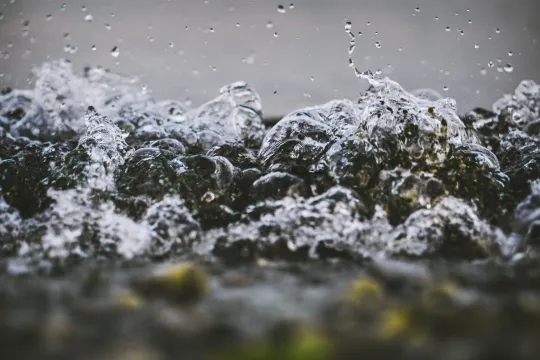Active banners: 0 Visible banners: 0
Feel the Heat Capacity
Provided by: Paleontological Research Institution |Published on: April 27, 2021
Videos
6789101112
Synopsis
- This short video by the Paleontological Research Institution explains the concept of heat capacity and then explains some implications of water's high heat capacity in the environment.
- A simple experiment of heating up two different balloons, one filled with water and one filled with air, demonstrates water's high heat capacity.

Subjects: Physics
Authors: Paleontological Research Institution
Region: Global
Languages: English
Teaching Materials
Positives
- The thorough verbal explanation and visual demonstration show the high heat capacity of water, as compared to air.
- The narrator describes all components of the demonstration, easily allowing a teacher to replicate this same set-up in their classroom.
Prerequisites
- Students should be familiar with terms like energy, temperature, and heat.
Differentiation & Implementation
- Before watching the video, consider having students record their predictions about how air and water heat up and store energy. Additionally, students can write their hypothesis for the experiment when prompted by the video.
- To dive deeper into the implications of water's high heat capacity, consider visiting this lesson: Thermal Expansion of Water.
- After watching this video, students can learn about the relationship between heat capacity, thermal expansion, and sea level rise due to climate change. The Sea Level Rise and Climate Change Demo may be a useful lesson plan for connecting these topics.
Scientist Notes
Teaching Tips
Standards
Resource Type and Format
About the Partner Provider

Paleontological Research Institution
Paleontological Research Institution (PRI) is a national leader in Earth systems science education. They strive to help make sense of the present and potential future climate change, while also increasing understanding of global change in Earth’s past. Their programs focus on systems thinking, understanding scale and learning in your own backyard.
All resources can be used for your educational purposes with proper attribution to the content provider.



